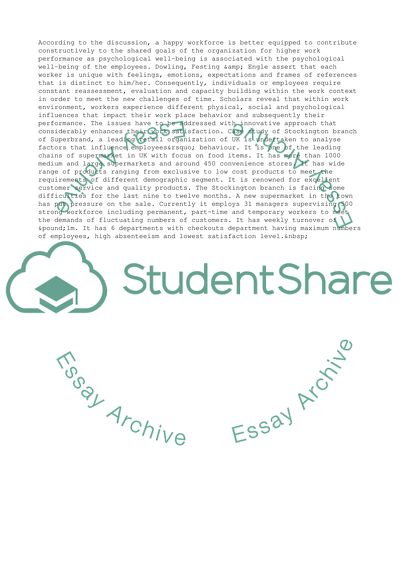Cite this document
(“Recommendations to Manage Employee Behaviour Essay”, n.d.)
Recommendations to Manage Employee Behaviour Essay. Retrieved from https://studentshare.org/management/1665519-portfolio-of-short-answers-case-study-based
Recommendations to Manage Employee Behaviour Essay. Retrieved from https://studentshare.org/management/1665519-portfolio-of-short-answers-case-study-based
(Recommendations to Manage Employee Behaviour Essay)
Recommendations to Manage Employee Behaviour Essay. https://studentshare.org/management/1665519-portfolio-of-short-answers-case-study-based.
Recommendations to Manage Employee Behaviour Essay. https://studentshare.org/management/1665519-portfolio-of-short-answers-case-study-based.
“Recommendations to Manage Employee Behaviour Essay”, n.d. https://studentshare.org/management/1665519-portfolio-of-short-answers-case-study-based.


